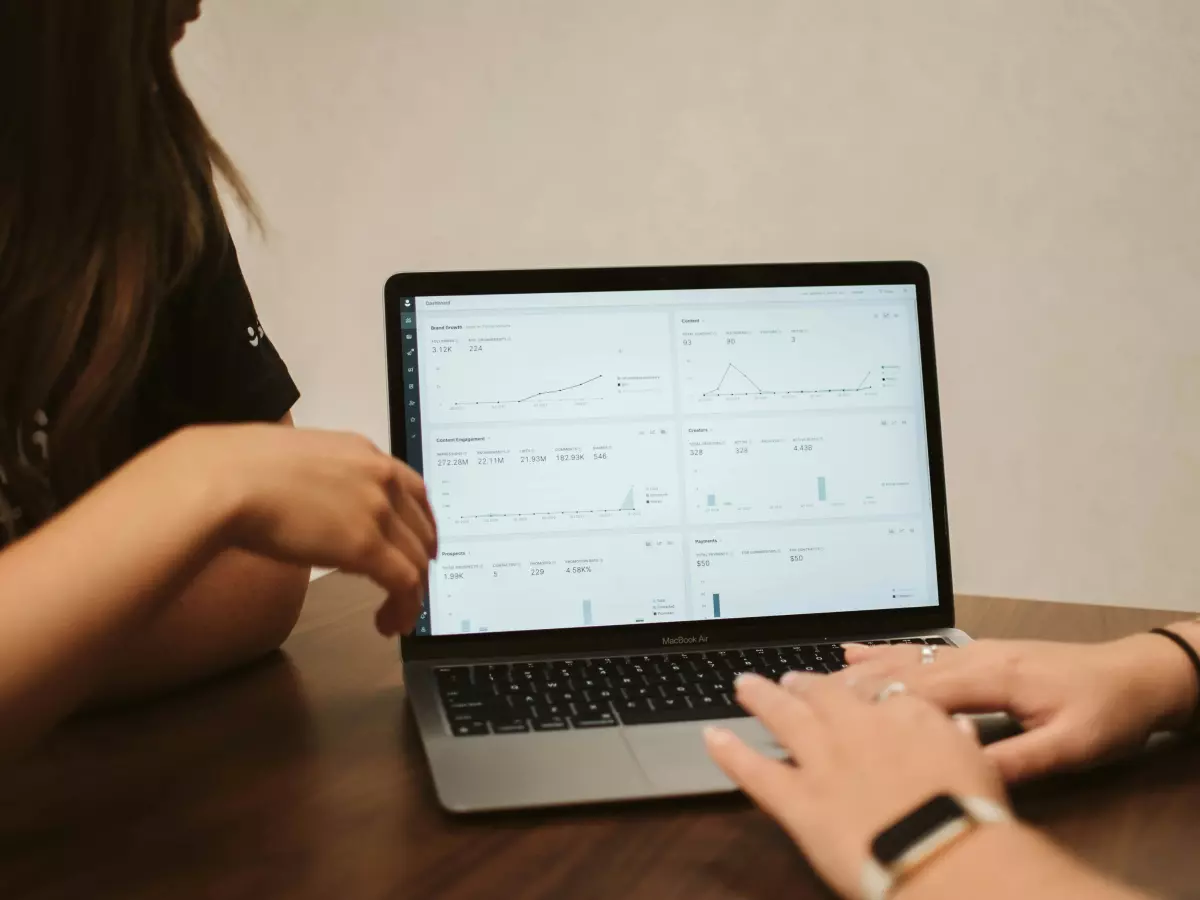Real-Time Data
I remember the first time I worked on a real-time analytics project. It was chaotic, to say the least. We were drowning in data, and every second counted. The pressure was insane, but the thrill of seeing insights unfold in real-time? Unmatched. That’s when I realized: real-time big data analytics is the future.

By Nina Schmidt
Let’s face it: the world doesn’t wait anymore. Businesses, governments, and even your favorite apps are all racing to make decisions faster than ever. But here’s the kicker: it’s not just about having data; it’s about using it in real-time. And that’s where things get tricky.
Real-time big data analytics is no walk in the park. It’s like trying to drink from a firehose while simultaneously analyzing the water quality. You’ve got massive amounts of data flowing in, and you need to process it, store it, and analyze it—all in the blink of an eye. So, how do you even begin to tackle that?
The Real-Time Challenge
Traditional data processing frameworks like Hadoop and batch processing methods aren’t cut out for real-time analytics. They’re great for handling large datasets, but they’re too slow when you need immediate insights. Enter real-time frameworks like Apache Kafka, Apache Flink, and Apache Storm. These bad boys are designed to handle streams of data as they come in, allowing you to process and analyze data on the fly.
But here’s the thing: real-time analytics isn’t just about processing speed. You also need to think about storage. Storing real-time data requires a different approach than traditional batch data storage. You need storage solutions that can handle high-velocity data while ensuring low latency. That’s where technologies like Apache Cassandra and Amazon DynamoDB come into play. These NoSQL databases are optimized for real-time data storage, offering scalability and speed.
Data Processing Frameworks: The Real MVPs
Let’s dive a bit deeper into the frameworks that make real-time analytics possible. Apache Kafka is a distributed streaming platform that allows you to publish, subscribe, store, and process streams of records in real-time. It’s like the backbone of real-time data pipelines. Then there’s Apache Flink, which is designed for stateful computations over data streams. It’s perfect for complex event processing, real-time analytics, and machine learning.
And don’t forget about Apache Storm. While it’s not as popular as Kafka or Flink, it’s still a powerful tool for real-time computation. Storm is known for its simplicity and ability to process unbounded streams of data, making it ideal for real-time analytics applications.
Analytics Tools: Turning Data into Gold
So, you’ve got your data streaming in real-time, and you’re processing it at lightning speed. But what’s the point if you can’t extract meaningful insights? That’s where analytics tools come in. Tools like Elasticsearch and Splunk are designed to help you make sense of your real-time data. Elasticsearch, for example, is a distributed search and analytics engine that allows you to search, analyze, and visualize data in real-time. Splunk, on the other hand, is a platform for searching, monitoring, and analyzing machine-generated big data in real-time.
These tools are essential for turning raw data into actionable insights. Whether you’re tracking user behavior on a website, monitoring financial transactions, or analyzing sensor data from IoT devices, real-time analytics tools help you make informed decisions instantly.
What’s Next for Real-Time Big Data Analytics?
As more industries adopt real-time analytics, the demand for faster, more efficient data processing and storage solutions will only grow. We’re already seeing advancements in edge computing, where data is processed closer to the source, reducing latency and improving real-time decision-making. Additionally, AI and machine learning are playing a bigger role in real-time analytics, helping businesses predict trends and automate decision-making processes.
So, what’s the takeaway here? Real-time big data analytics isn’t just a trend; it’s the future. And if you’re not already on board, you’re going to be left behind. The tools and frameworks are out there, and they’re only getting better. The question is: are you ready to embrace the future of real-time data?





